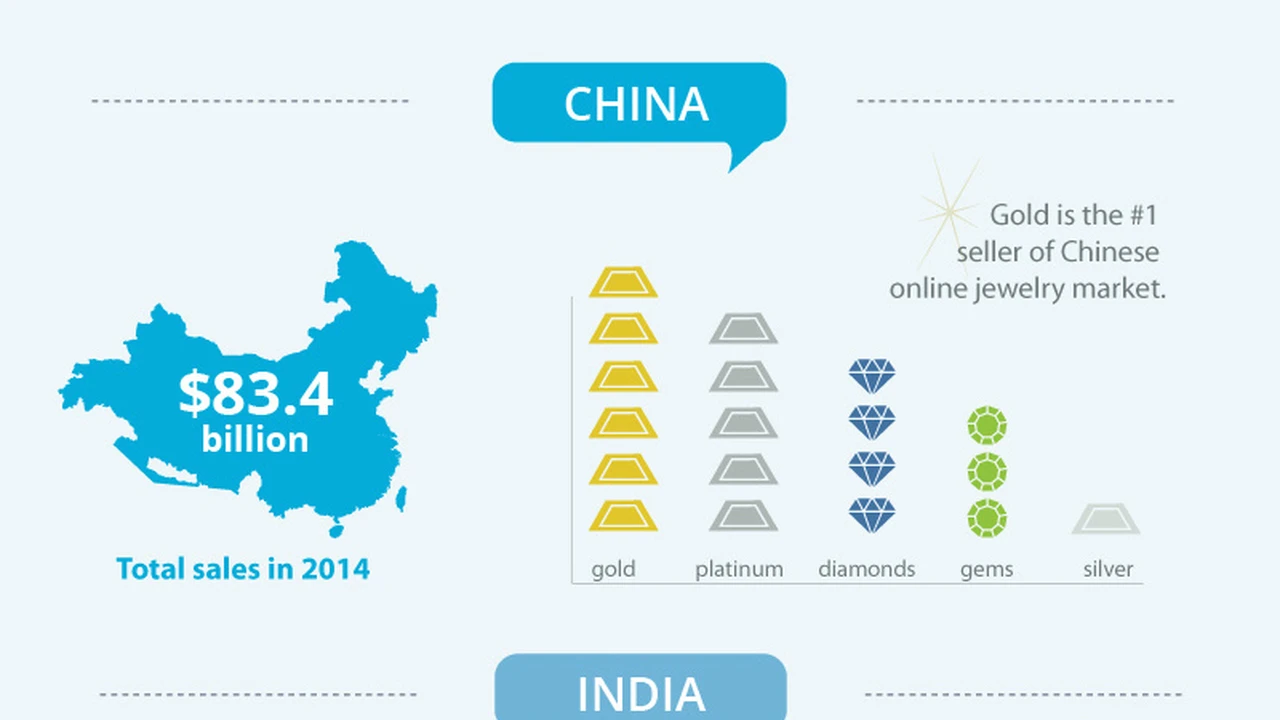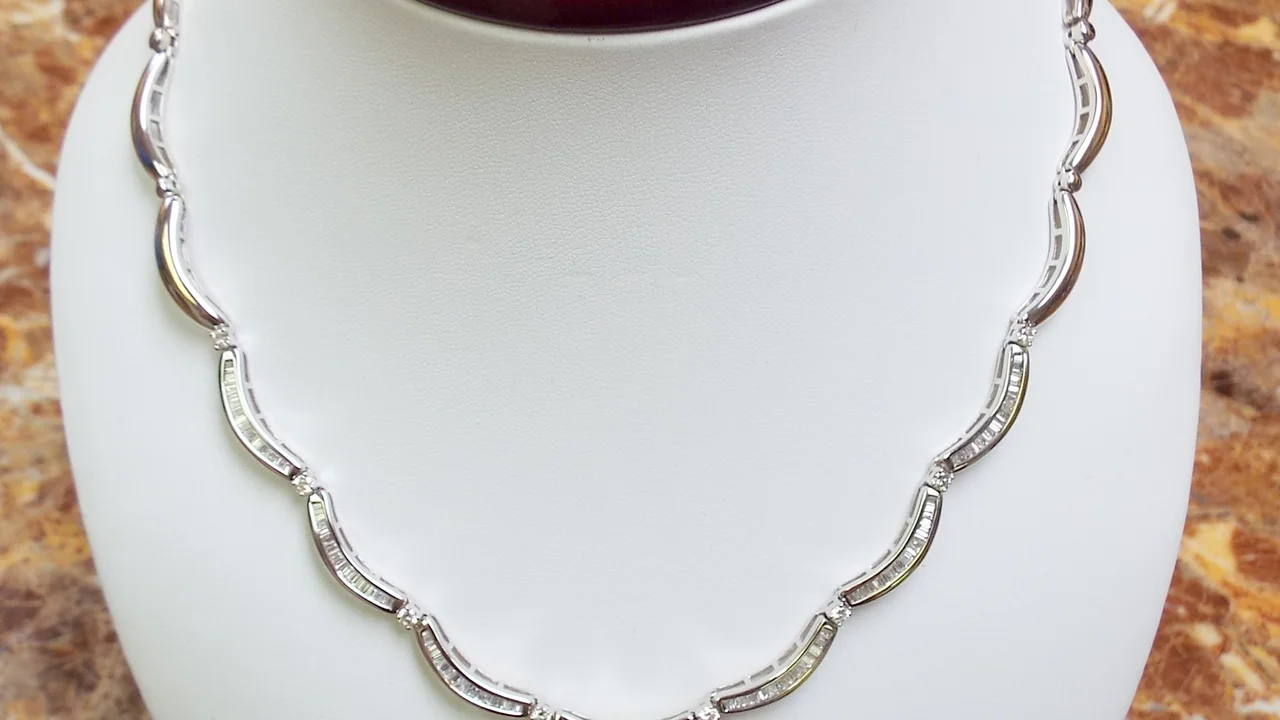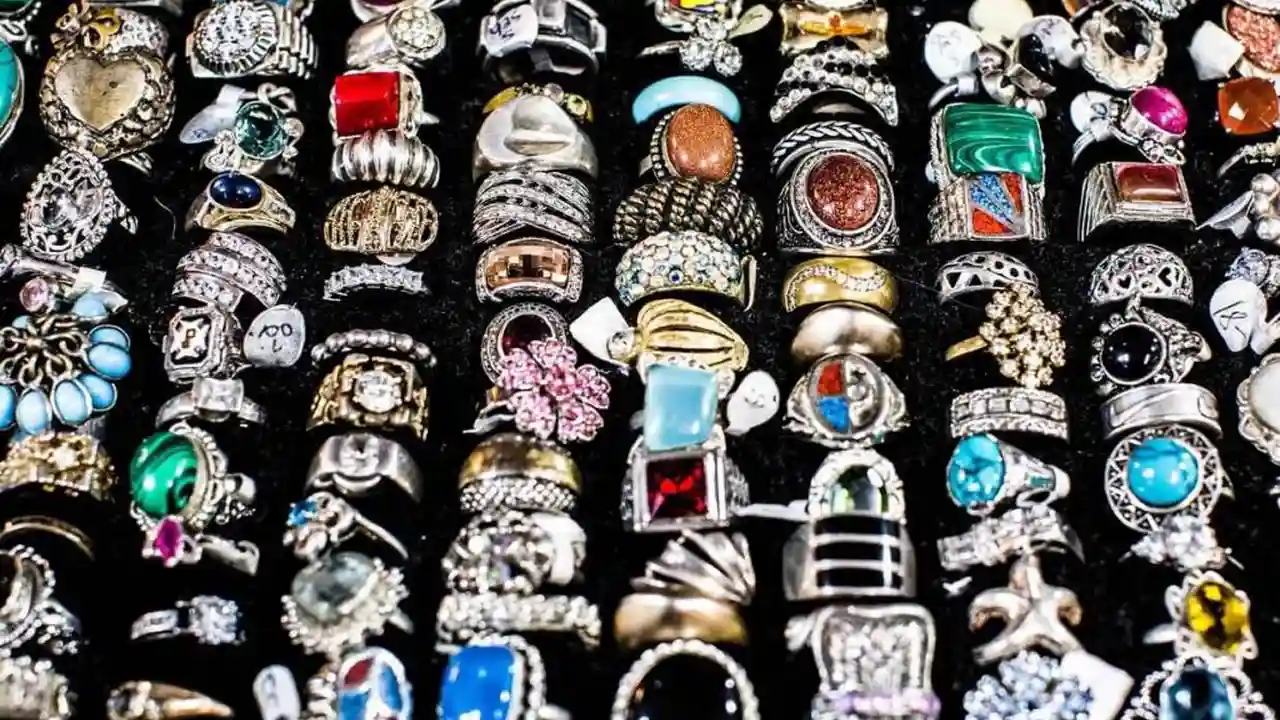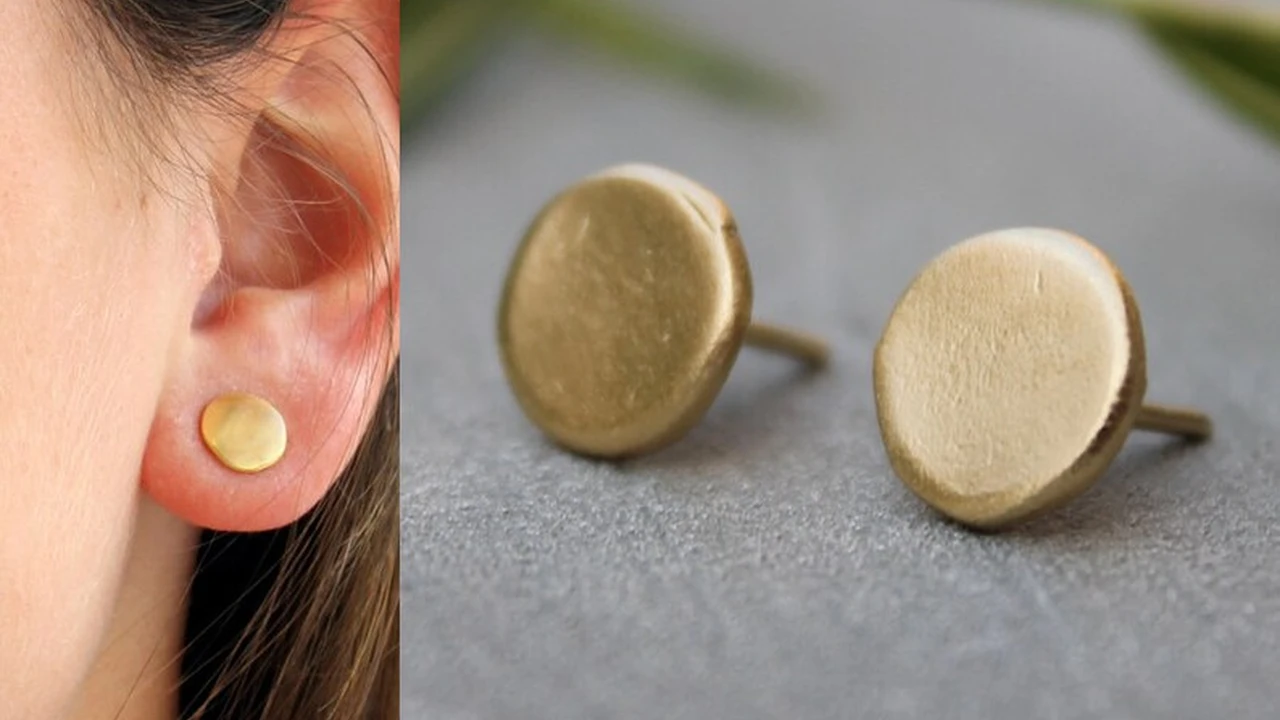Jewelry Market Analysis Future Outlook and Predictions
Future outlook and predictions for the jewelry market. Understand the key trends, challenges, and opportunities that will shape the industry in the coming years.

The Ever-Evolving Landscape of Luxury Jewelry Market
Alright, let's dive deep into where the jewelry market is headed! It's a whirlwind of trends, challenges, and opportunities, and if you're in the business (or just a serious jewelry enthusiast), you'll want to keep your finger on the pulse. We're not just talking about diamonds anymore; the whole game is changing.
Key Trends Shaping the Jewelry Industry in the Coming Years
So, what's hot? What's not? Here’s a peek at some of the major shifts we're seeing.
Sustainability Takes Center Stage
Consumers are becoming increasingly aware of ethical sourcing and environmental impact. They want to know where their gems come from and how they're mined. Think responsibly sourced diamonds, recycled metals, and transparent supply chains. Brands that prioritize sustainability will definitely have an edge.
Personalization is King (or Queen!)
Forget mass-produced pieces. People want jewelry that tells their story. Bespoke designs, custom engravings, and unique gemstone combinations are all the rage. The ability to create something truly one-of-a-kind is a huge draw.
The Rise of Lab-Grown Diamonds
Lab-grown diamonds are no longer a niche market. They're gaining mainstream acceptance, offering a more affordable and ethical alternative to mined diamonds. Expect to see more jewelers offering lab-grown options and consumers embracing them.
Online Sales Continue to Surge
E-commerce is transforming the jewelry industry. Online sales are booming, providing consumers with greater access to a wider range of products and brands. Jewelers need to have a strong online presence to compete in today's market. This includes user-friendly websites, high-quality product photography, and seamless online shopping experiences.
Embracing Technology and Innovation
From 3D printing to AI-powered design tools, technology is revolutionizing the way jewelry is created and sold. Expect to see more innovative designs, streamlined production processes, and personalized shopping experiences powered by technology.
Challenges Facing the Jewelry Market
It's not all sunshine and rainbows, though. The jewelry market faces its share of hurdles.
Economic Uncertainty
Economic downturns can significantly impact luxury goods sales. When the economy is shaky, consumers tend to cut back on discretionary spending, including jewelry. Jewelers need to be prepared for economic fluctuations and adjust their strategies accordingly.
Supply Chain Disruptions
Global events can disrupt supply chains, making it difficult to source gemstones and metals. This can lead to price increases and delays in production. Jewelers need to diversify their supply chains and build strong relationships with suppliers to mitigate these risks.
Increased Competition
The jewelry market is becoming increasingly competitive, with new brands and retailers entering the market all the time. Jewelers need to differentiate themselves through unique designs, exceptional customer service, and effective marketing strategies.
Changing Consumer Preferences
Consumer preferences are constantly evolving. Jewelers need to stay on top of the latest trends and adapt their product offerings to meet changing demands. This requires ongoing market research, trend analysis, and a willingness to experiment with new designs and materials.
Opportunities for Growth in the Jewelry Industry
Despite the challenges, there are also plenty of opportunities for growth.
Expanding into New Markets
Emerging markets in Asia and Latin America offer significant growth potential for jewelers. These markets have a growing middle class with increasing disposable income and a strong desire for luxury goods. Understanding the cultural nuances and consumer preferences of these markets is crucial for success.
Focusing on Niche Markets
Targeting specific niche markets, such as eco-conscious consumers or vintage jewelry enthusiasts, can be a successful strategy. Niche markets often have less competition and a more loyal customer base. Identifying and catering to specific niche markets requires in-depth market research and targeted marketing efforts.
Leveraging Social Media Marketing
Social media is a powerful tool for reaching potential customers and building brand awareness. Jewelers can use social media to showcase their designs, engage with customers, and drive online sales. Creating engaging content, running targeted ads, and partnering with influencers are all effective social media marketing strategies.
Embracing Digital Innovation
Investing in digital innovation, such as virtual try-on tools and personalized online shopping experiences, can enhance the customer experience and drive sales. These technologies can help customers visualize how jewelry will look on them and make more informed purchasing decisions.
Product Recommendations and Comparisons
Let's get specific. Here are a few product recommendations, usage scenarios, comparisons, and price ranges to give you a better idea of what's trending.
Recommendation 1: The Sustainable Diamond Pendant
Product: A solitaire pendant featuring a lab-grown diamond set in recycled gold.
Usage Scenario: Perfect for everyday wear, adding a touch of elegance to any outfit. Also suitable for special occasions.
Comparison: Compared to a mined diamond pendant, this option is more ethical and often more affordable. It offers the same sparkle and brilliance without the environmental concerns.
Price Range: $800 - $2,500 depending on the size and quality of the lab-grown diamond.
Recommendation 2: The Bespoke Gemstone Ring
Product: A custom-designed ring featuring a rare gemstone chosen by the client and set in platinum.
Usage Scenario: Ideal for a special occasion like an engagement or anniversary. A truly unique and personal piece.
Comparison: Compared to a mass-produced gemstone ring, this option offers unparalleled personalization and craftsmanship. The client has complete control over the design and materials.
Price Range: $5,000 - $20,000+ depending on the gemstone and design complexity.
Recommendation 3: The Vintage-Inspired Pearl Necklace
Product: A multi-strand pearl necklace with Art Deco-inspired details, featuring freshwater pearls and vintage-style clasps.
Usage Scenario: A timeless classic that can be worn for formal events or dressed down for a more casual look.
Comparison: Compared to a modern pearl necklace, this option offers a unique vintage aesthetic and a sense of history. The Art Deco details add a touch of sophistication.
Price Range: $1,500 - $5,000 depending on the quality and size of the pearls.
Southeast Asia Market Analysis: Opportunities in a Growing Region
Southeast Asia presents a particularly compelling opportunity. With a rapidly growing middle class and increasing disposable income, the demand for luxury goods, including jewelry, is on the rise. Understanding the cultural nuances and consumer preferences of each country within the region is essential.
Key Considerations for Southeast Asia
- Cultural Sensitivity: Understanding local traditions and customs is crucial. Certain gemstones or designs may be more popular in specific cultures.
- Price Point: While there's a demand for luxury, affordability is still a key factor. Offering a range of price points is important.
- Online Presence: E-commerce is booming in Southeast Asia. A strong online presence is essential for reaching consumers.
- Social Media Marketing: Social media platforms like Instagram and Facebook are highly influential in the region.
The Future is Bright (and Shiny!)
The jewelry market is dynamic and constantly evolving. By understanding the key trends, challenges, and opportunities, jewelers can position themselves for success in the years to come. It's all about adapting, innovating, and staying true to the values that resonate with today's consumers.
:max_bytes(150000):strip_icc()/277019-baked-pork-chops-with-cream-of-mushroom-soup-DDMFS-beauty-4x3-BG-7505-5762b731cf30447d9cbbbbbf387beafa.jpg)






